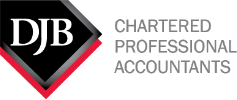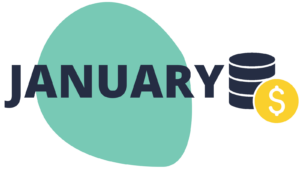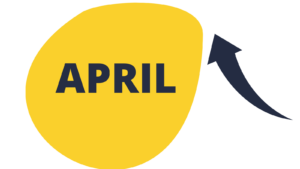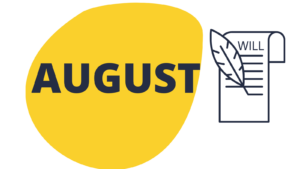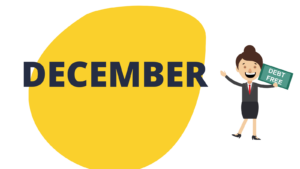Business owners and CEO’s have written business plans, ship Captains chart their courses on nautical maps, and Doctors have written treatment plans for their patients. What these professionals all have in common is that they have written plans of action that provide them with goals and direction to a defined outcome. Think of the similarities between a written comprehensive financial plan and a course charted on a nautical map. Both have a starting point and a destination, both have waypoints and contingencies for emergencies and both will allow for a change in course should some unforeseen circumstance or opportunity present itself. No competent, trustworthy Captain would undertake a major voyage without first having a plan. The same should be said about our own financial journey and as the Captain’s of our financial future, we should plan for our financial success in a clear and definitive written plan.
Based on a three-year study that surveyed almost 15,000 Canadians, which was conducted by the Financial Planning Standards Council, almost twice as many people with a comprehensive financial plan felt on track with their financial affairs compared to half as many who did not have a comprehensive plan. The results of this study can be found here: value-study.pdf
A written comprehensive financial plan should consist of the following:
- Goals and Objectives
- Net Worth Statement
- Tax Analysis
- Retirement Income planning
- Risk Management Analysis
- Estate Planning
- Defined Assumptions
- Cash Flow Summary
- Cash Flow Analysis
- Investment Recommendations
- Business Succession Planning (if required)
Often spouses assume that they share similar financial goals and objectives, but they never take the time to discuss it. Going through the process of drafting a comprehensive financial plan brings these issues to the forefront and gives you an opportunity to discuss them and come to a common understanding. Imagine approaching retirement, thinking that you’ll sell your home and move to a cottage up North, while your spouse is looking forward to staying in your current home and spending more time travelling South in the winter. This could pose a major obstacle, which you can deal with well in advance of the actual retirement date to ensure a positive outcome for all. Although it’s hard to imagine, many people spend more time planning their summer vacation than they do planning their financial future.
Like the Captain, who continuously reviews her position on the nautical chart, assesses the potential risks and re-plots her course accordingly, you should also review your comprehensive financial plan and assess where you are and what risks lie ahead then make the necessary adjustments in your plan to stay on track to achieve your goals and objectives.
“Having a comprehensive financial plan with the guidance of a CFP® professional can provide a road map towards greater financial and emotional well-being. We urge Canadians to take control of their finances by talking to a CFP professional about their goals and financial planning needs.”
Cary List
President & CEO, Financial Planning Standards Council
Hiring the right professional can make the difference between a successful journey and one fraught with disappointment, and sometimes disaster. A Planner who carries the CERTIFIED FINANCIAL PLANNER® (CFP) designation has achieved and maintains internationally recognized standards of knowledge, skills, abilities and ethics. Working with a CFP provides assurance that you’ve hired a qualified professional who will put your needs above their own to ensure you have a plan to achieve your goals and objectives and assist you with re-plotting your course when necessary.
